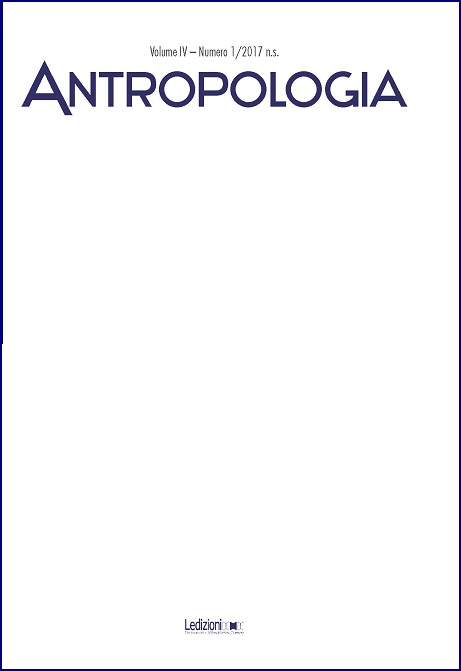Neomelodic Notes: Social Aesthetics, Political Economies, and Networks of Asymmetric Exchange within the Neapolitan Periphery
DOI:
https://doi.org/10.14672/ada20171177%25pKeywords:
cultural productions, organized crime, informal political-economy, neomelodic music, Camorra, Naples, ItalyAbstract
The term "neomelodic" defines a musical and aesthetic genre that has dominated the mediascape of Naples, Southern Italy, since the early 1990s. Neomelodic cultural productions express "glocalizing" narratives that explicitly aim to represent the experiences of socially marginal Neapolitan subjects, with a remarking preference for those involved in organized crime activities. In spite of the structural poverty illustrating the life conditions of the Neapolitan underclass, the neomelodic musical industry brings in millions of euros per year in that city. Most of this money eventually flows into the pockets of the Neapolitan Camorra, that is one of the most powerful Italian criminal cartels. Camorra affiliates invest impressive amounts of capital into the neomelodic industry, and thus influence this musical genre’s aesthetic forms, economic value, and socio-cultural meanings. This article focuses on the coalescence between neomelodic aesthetics, Neapolitan political economy, and the local cultural sphere to offer insight into the articulation of licit and illicit political economies within the context of contemporary neoliberal Italy. It does so by exploring the commodified aesthetics leading to the entrenchment of organized crime in Naples.
Downloads
Published
Issue
Section
License
Authors maintain the copyright of their original work and grant the Journal the right to first publication, licensed after 36 months under a Creative Commons Licence – Attribution, which allows others to share the work by indicating the authorship and first publication in this journal.
Authors may agree to other non-exclusive licence agreements for the distribution of versions of their published work (for example in institutional archives or monographs) under the condition that they indicate that their work was first published in this journal.



